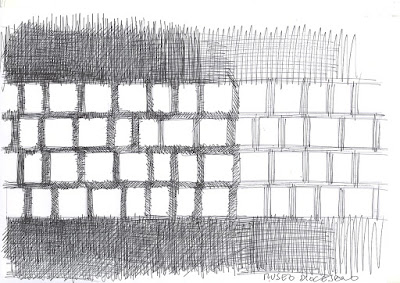3D printing is one
of the fashionable “technologies” and according to many it will fundamentally
change the way we produce.
The futurologists
speculate a scenario where traditional factories will disappear, swept by a
wave of a widespread” electronically craft”, able to manufacture small batches
(ideally 1 item) of customized products according to customer requirements.
Someone will
remind when in 2000, with the internet spread, we said that traditional stores
would disappear.... It did not happen, but the world of business is still
fundamentally changed.
In this article we will try to understand the
possible implications for manufacturing, and then for finishing, starting with
the understanding of the technology and clarifying some of the words that are
becoming fashionable.
3D PRINTING
3D printing,
refers to various processes used to create an object by adding successive
layers of material
We can see two kind
of printing:
- Extrusion or material deposition: various layers are created and deposited one after the other to “create” the object.
- For sintering or hardening of material: in this case, usually with a laser, the object is drawn within paints or powder coating which are hardened by the laser.
In both cases the object is created through layers, as
if we would build a mountain adding one section above the other corresponding
to the contour lines.
The printer receives as input a 3D model of the object to create, represented
according to a standard language - there are more than one - and it is able to
decode the information into movement instructions for its moving parts,
exactly like a paper printer is able to move its head to print a file from a
computer.
Let’s see the benefits - typical of the digital transformation of any
process – compared to the “traditional” production:
- Flexibility and cost-effectiveness in particular for small batches: tools and moulds are not required.
- Despecialization: the 3D printer replaces several equipment and traditional processes. For example in a single operation we can create complex shapes which would require material removal after casting or moulding, or even the production of many parts to be assembled.
- Zero or minimum setup time or however minimal: just load the 3D model of the object, and you can start.
- Scalability: with less than 1000 Euros now it is possible to buy home printers for plastic, to create industrial models
- Possibility to create complex objects larger than the printer, dividing them into many parts to be produced on the same printer. Usually the design software supports the division in parts from the finished product
As regards the materials, the most use one is plastic and to follow
metal. Then there are applications still on test for wood, food (for example
printing of chocolate pralines), the electronic circuits, and even the
molecules, with achievements in biotechnology or nanotechnology sectors.
The fields of application are extremely various: some are very
specialized, such as the prosthetics sectors, with already a good spread in the
dental industry, but also in cardiology or artificial limbs sector. Jewellery,
and in particular furniture and home accessories industry.
We can even mention buildings created with printers for concrete
(opening picture). And of course the industry at large, which we will talk
about later.
I would like to end this brief overview on the technology with some
considerations.
The first is that it is a rapidly evolving technology. I do not exclude
that in a few months there will be innovations that overcome the
considerations reported in this article. It is hard to draw conclusions,
because we are “photographing” an evolving situation.
The second is that technology, even we can imagine extremely
interesting application areas, and it is still rather “primitive.”
Chris Anderson, in the book “Makers” to which I refer those who want to
know more about this topic, draws a parallel with the traditional desktop
printing: today we have at home, for a few hundred Euros, laser printers with
photo-quality level; but do you remember the mid- 80’s dot matrix printers?
So we can think that riding on
what we call the ‘long waves of innovation, in thirty years or maybe earlier
some of the applications, that today are only feasible, will become possible.
Therefore it is important to distinguish the myths from reality.









